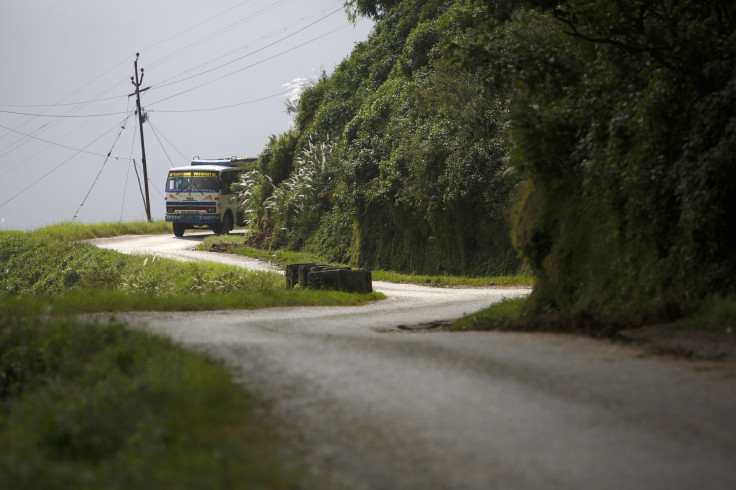Nepal Clears GMR Plan For $1.4B Hydroelectric Plant

(Reuters) - Nepal’s centre-left cabinet on Thursday cleared the way for Indian firm GMR to build a $1.4 billion hydroelectric plant in the northwest of the country, a cabinet minister said, the Himalayan republic's biggest foreign investment scheme.
The Nepalese government agreed to allow GMR in 2008 to construct the 900-megawatt Upper Karnali hydroelectric power plant in the northwest.
But the project was delayed as the nascent republic was mired in instability with six government changes in as many years. Political parties also demanded greater benefits for Nepal from the scheme that is mainly aimed at exporting electricity to power-hungry India.
Law Minister Narahari Acharya said a cabinet meeting had approved the draft of an agreement to be signed with the Indian company. "This approval will open the way for different foreign investment projects that are in the pipeline to move ahead," Acharya told Reuters after a cabinet meeting.
"Concerns shown by different parties about the benefits from the project have been addressed as far as possible," he said.
Officials said GMR and another Indian firm, Satluj Vidyut Nigam, plan to construct other hydroelectric plants in Nepal with a potential to generate up to 42,000 megawatts of electricity.
China’s Three Gorges International Corp, is also in talks with Investment Board Nepal to build a $1.6 billion dam to generate 750 megawatts of electricity on the West Seti River in the same area, as Beijing competes with New Delhi for influence in Nepal.
The GMR plant, set for completion in 2021, will provide 12 percent energy free to Nepal to ease a crippling power shortage and help its economy emerge from a decade-long civil war that scared away investors and slowed infrastructure projects.
Officials said Investment Board Nepal will now sign a Project Development Agreement (PDA) with GMR, which will construct transmission lines across the border to transmit the remaining electricity to India.
The agreement was expected to be signed during Indian Prime Minister Narendra Modi’s visit in August but was delayed because some political parties wanted to ensure that the supply of water to irrigation canals on the same river would remain unaffected by the dam, as well as other benefits to Nepal.
The Indian firm will give a 27 percent stake in the plant to Nepal. GMR will build a separate power house to generate two megawatts of electricity to be supplied to villagers in Achham, Surkhet and Dailekh districts where the project will be located, officials said.
A group of former Maoist rebels says benefits to Nepal were not adequate and has vowed to protest against the scheme.
Nepal's economy is expected to grow 4.6 percent in 2014-15, against the government target of 5.2 percent, with the country facing up to 16 hours of daily power cuts during the dry season when its rivers flow slowly.
Tourism and aid-dependent Nepal, one of the world’s 10 poorest countries, has an electricity shortfall of about 600 megawatts. The cash-strapped government is trying to attract foreign investment to generate hydroelectricity and has offered tax incentives to investors in the hydropower sector.
© Copyright IBTimes 2024. All rights reserved.




















